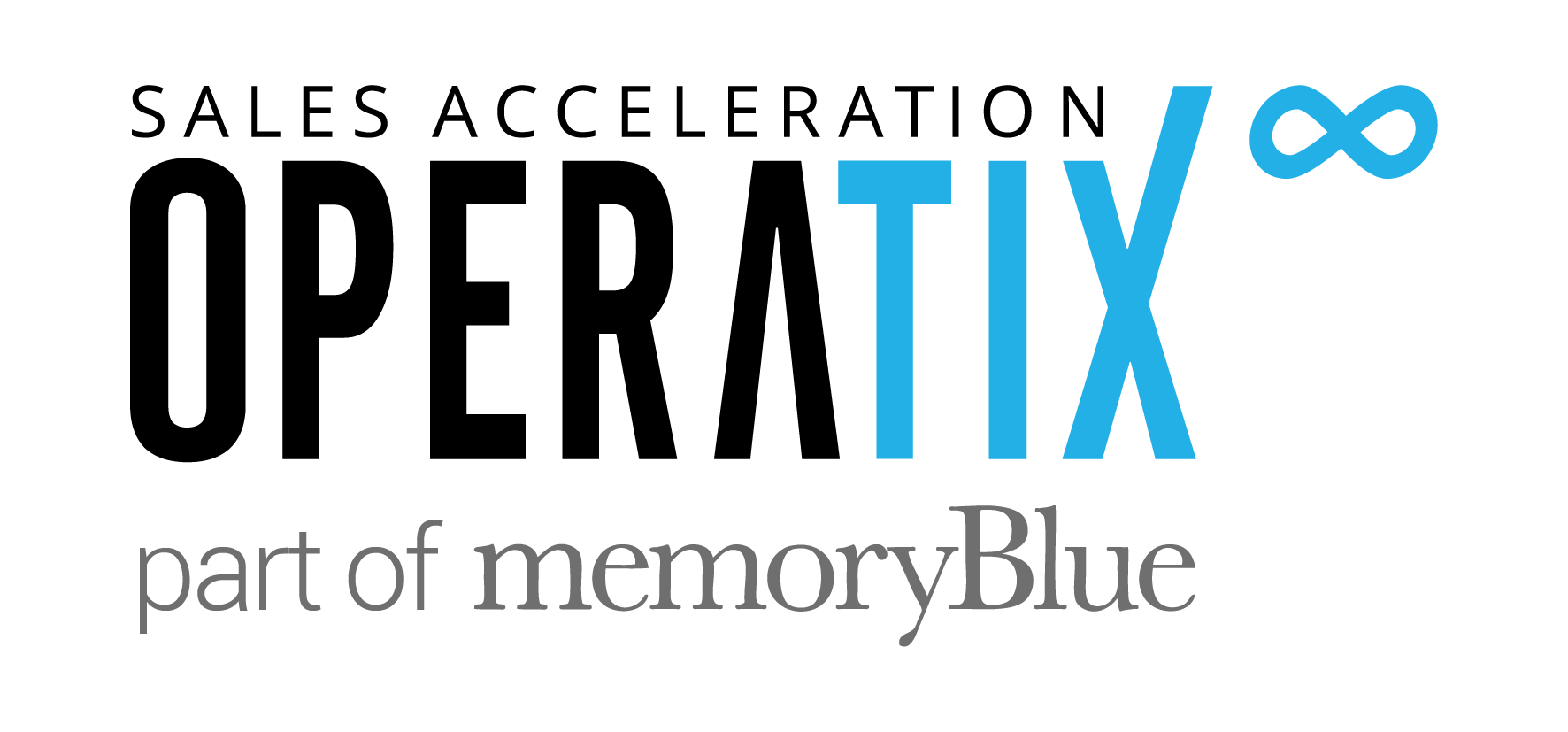Growth lies at the foundation of every one of our business goals.
Whether we aim to grow our employees, our customers, or our bottom lines, the focus on growth is paramount.
On a recent episode of B2B Revenue Acceleration, we got to hear from Liesbeth de Rooij, Manager Go-to-Markets & Customer Engagement at Proact, which helps customers with their IT roadmap.
Something that Liesbeth discovered in the course of her career at Proact was that business growth is more strategic than only targets, processes, and a well-performing team.
She explained her concept of the Wheel of Value: a pie with 3 pieces that are essential to business growth.
3 elements that drive business growth
While most of us are tempted to launch straight into KPIs and data tracking, Liesbeth took a step back to consider that growth is more than setting the targets. “People play a major role in growth,” she said.
This insight means both customers and employees, as well as other partnerships like eco partners, vendors, and investors.
It’s important to realize that all 3 of the categories of strategic growth are relational.


If customers turn into advocates, they will actually sell the portfolio for you.
Liesbeth de Rooij
The Wheel of Value
Revenue Engine
Employees
Customer Experience
Revenue
The point that Liesbeth unpacked first is Revenue Engine, which focuses on buying and retention. It’s still people-based, because, for example, building a proper customer life cycle framework could influence retention up to 5x higher.
Other aspects to grow the Revenue Engine include commercial alignments and the go-to-market approach. “How do we bring your offering to the market?” Liesbeth said. “Is the market waiting for your product or service? How are you going to do that mapping?”
Digital transformation and market innovation are also critical in the Wheel of Value. Liesbeth pointed out that innovation for your customers and your employees overlaps with business growth in the other aspects of the Wheel of Value.
Employees
Employees are the impetus that drives revenue, so an employee-focused organization is one that has its values in the right frame of mind.
“You can connect Revenue Engine to empathy, as well,” she said. Understanding what the customers want takes empathy — as does understanding how to grow and develop your employees. The same values that are linked to culture are also linked to employee excellence.
“Are your employees happy? Happy employees mean happy customers,” Liesbeth said.
Customers
This idea feeds directly into the customer experience. Liesbeth suggested that you’ll get a poor result spending a lot of money marketing to prospects that don’t match your ideal customer profile. “In terms of acquiring new customers, it’s very important that you target the right ones,” Liesbeth added.
Customer experience speaks to how you balance your attention (and funds) on new growth and nurturing. It’s a delicate balance: “You really have to start working on the long term relationship with your customers. Because if you do and they turn into advocates, they will actually sell the portfolio for you,” she said.


Happy employees mean happy customers.
Liesbeth de Rooij
The most important part of the wheel…
Employees.
“At the end, if employees have the right competencies, if they are happy employees, you can really work towards the perfect customer experience,” Liesbeth said.
This makes complete sense because revenue engine and customer experience are both dependent on having superior employees who are committed to business growth. Employees are live examples of the success of the company.
When, as a company, you openly invest in culture, you can earn employee loyalty and thereby start turning the Wheel of Value.
Employee loyalty matters so much to growth because if employees are loyal to you, they will be loyal to that client.


Is the market waiting for your product or service? How are you going to do that mapping?
Liesbeth de Rooij
KPIs for successful growth
Only after a business has acknowledged the relational aspects of growth should it turn to the obvious KPIs.
The most simple metric to start with is your net promoter score, your NPS. Liesbeth mentioned other questions to ask:
- How big is your retention?
- How many customers turn into advocates?
- How does the high potential employee score look?
- Are you hitting your revenue targets?
“Among employees, do we have a five star ranking of the best place to work? What effort are you putting into that?” Liesbeth said.
You know you’re in a good place when a seller becomes a customer, a customer becomes an advocate, and an employee is highly satisfied. Focus on the feedback loop of how the strategy is evolving to ensure that you’re maintaining growth.
Contact Liesbeth on LinkedIn to continue the conversation about business growth perspectives.
To hear this interview, and many more like it, you can subscribe to The B2B Revenue Acceleration Podcast on Apple Podcasts, on Spotify, or on our website.
Learn about how Operatix can help you grow your business with people-focused pipeline generation. Reach out to us here.




